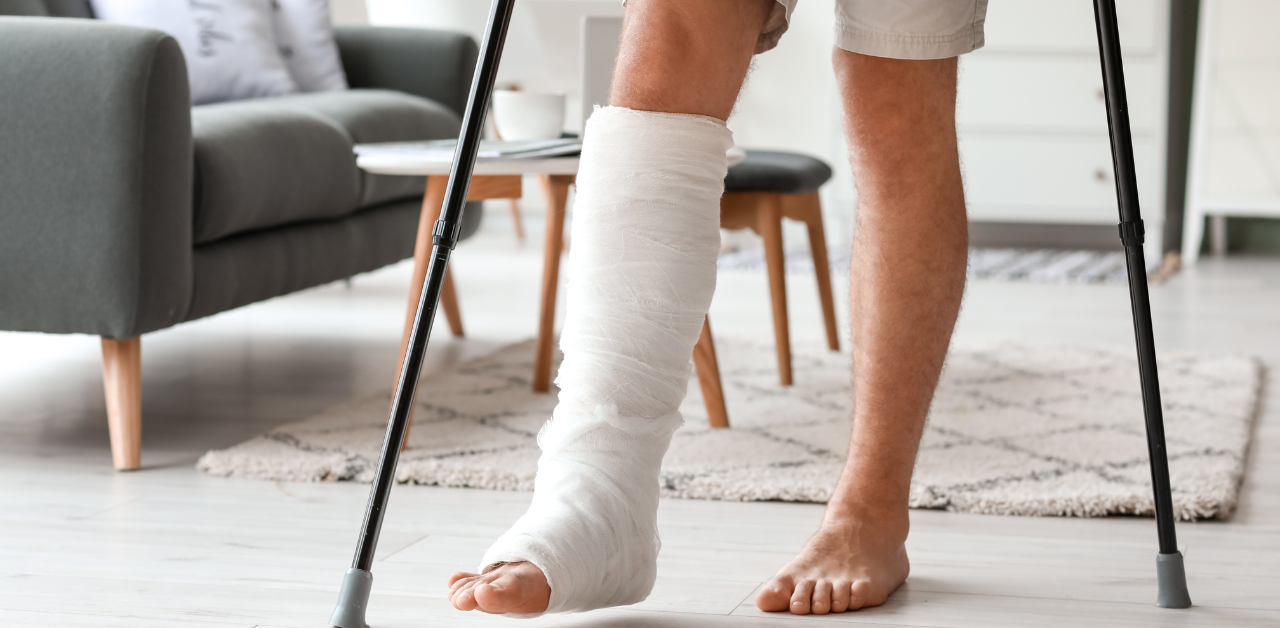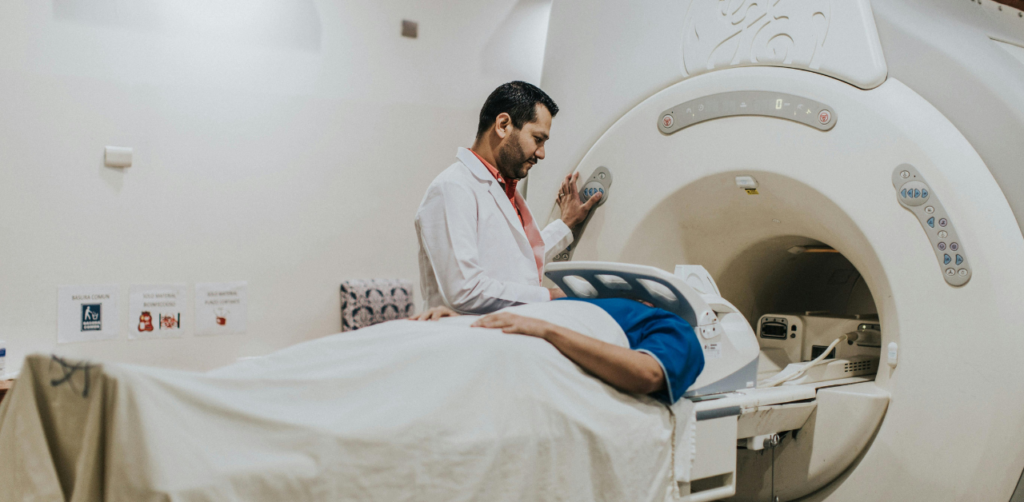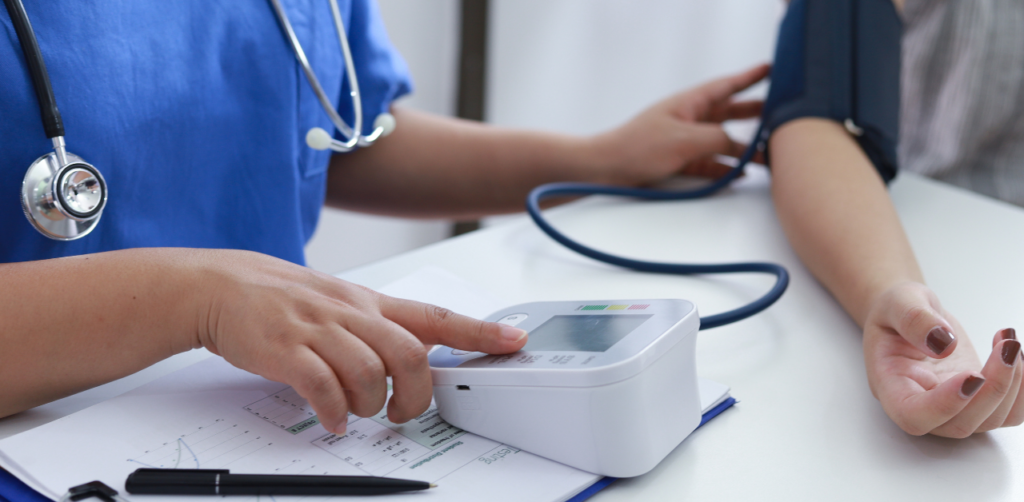
Car accidents are traumatic events that often result in visible injuries like bruises, cuts, or broken bones. However, some of the most dangerous health risks remain hidden beneath the surface. One such risk is the development of a blood clot after a car accident. These clots may lead to severe and sometimes life-threatening complications if not identified and treated promptly.
At THE702FIRM Injury Attorneys, we understand the devastating physical, emotional, and financial toll these injuries can cause. Our experienced personal injury lawyers and car accident attorneys are here to help you pursue compensation while you focus on recovery. If you’re facing health complications like DVT or pulmonary embolism after a crash, you don’t have to go through it alone. Legal support always matters.
In this article, we discuss how blood clots form after a car crash, the symptoms to watch for, the serious health risks involved, and the critical importance of seeking immediate medical attention and legal assistance.
Blood Clots: A Natural Response with Hidden Dangers
A blood clot is your body’s natural response to injuries. It’s how the body stops excessive bleeding, both internally and externally. However, when blood clots form where they shouldn’t, or when they fail to dissolve properly, they can become a serious threat.
After a car accident, clot formation may occur due to internal injuries, prolonged immobility, or muscle tears. These clots can block blood flow, especially in the deep veins of the legs—a condition known as deep vein thrombosis (DVT).
Deep Vein Thrombosis (DVT) and Car Accidents
Deep vein thrombosis (DVT) occurs when a clot forms in a deep vein, usually in the leg. The trauma from a car crash often damages blood vessels, increasing the likelihood of DVT. If left untreated, a clot may break loose and travel to the lungs, causing a pulmonary embolism, a potentially life-threatening medical emergency.
Risk Factors for DVT After a Car Accident
- Prolonged immobility (e.g., being bedridden)
- Broken bones or muscle damage
- Internal bleeding occurs unnoticed
- Pre-existing clotting disorders
- A family history of blood clots
- Severe symptoms following trauma
People with these risk factors are more likely to develop DVT or other serious health risks associated with blood clot formation.
Pulmonary Embolism: When a Clot Becomes Deadly
A pulmonary embolism (PE) occurs when a clot breaks loose and travels through the bloodstream to the lungs. This can block blood flow in the lungs and severely limit oxygenation. An untreated pulmonary embolism can result in sudden shortness of breath, chest pain, difficulty breathing, and even a heart attack or death.
Common Symptoms of Blood Clots and PE
Recognizing the symptoms of blood clots early can save lives. Watch for:
- Swelling in the leg or arm (usually one side)
- Tenderness or pain, especially when standing
- Warmth or discoloration at the site
- Chest pain or discomfort
- Rapid or irregular heartbeat
- Blood-tinged sputum
- Lightheadedness or fainting
- Sudden shortness of breath
These are signs that require immediate medical attention.
How Blood Clots Form After a Car Crash
A car crash creates the perfect storm for clot formation. Here’s how:
- Internal and external bleeding stimulate the body’s clotting response.
- Blood flow slows due to inactivity or trauma.
- Blood vessels damaged during the accident increase the risk of clotting.
- The combination of inflammation, reduced blood circulation, and existing clots escalates the danger.
In many cases, developing blood clots may go unnoticed for days or even weeks after the accident.
Diagnosing Blood Clots: The Importance of Early Detection

To diagnose blood clots, physicians may perform diagnostic tests such as:
- Ultrasound to detect clots in the limbs
- Magnetic resonance imaging (MRI) for deep internal clots
- CT scans for clots in the lungs
- Blood tests to identify clotting disorders
Early detection allows doctors to begin treating blood clots before they escalate into life-threatening complications like pulmonary infarction or pulmonary hypertension.
Treating Blood Clots After a Car Accident

Treatment options vary depending on the location and severity of the clot:
- Blood thinners (anticoagulants) to prevent further clots
- Thrombolytic therapy for dissolving large clots
- In some cases, surgical removal of the clot
- Compression stockings to support blood flow in the legs
- Managing blood pressure to reduce additional strain
Prompt and consistent treatment is essential to prevent chronic pain, lung damage, or even death.
Preventing Blood Clots After a Car Accident
If you’ve been in a car accident, here are steps you can take to prevent blood clots:
- Stay mobile as soon as safely possible
- Drink plenty of water to keep blood from thickening
- Wear compression garments if advised
- Follow your doctor’s advice for medications and activity levels
- Keep track of symptoms like swelling or pain
- Attend all follow-up appointments to monitor blood circulation
Even if you feel fine after a traumatic event, don’t skip a medical check-up—internal bleeding, air bubbles, or existing clots can cause further complications.
Why Car Accident Victims Must Seek Medical Attention Immediately
Many people walk away from a car accident thinking they’re uninjured, only to experience complications days later. Internal injuries are not always visible, and symptoms of DVT and pulmonary embolism can be subtle at first.
Failing to seek medical attention can delay diagnosis and treatment, increasing the chance of life-threatening outcomes. Some symptoms, like chest pain, are often mistaken for minor injuries or anxiety but could signal a medical emergency.
Legal and Medical Support for Blood Clot Cases
If you develop a blood clot after a car accident, you may be entitled to compensation for medical expenses, lost wages, and pain and suffering. Car accident lawyers and personal injury lawyers can help you build a strong case by:
- Documenting medical reports
- Establishing the link between the accident and the clot
- Assessing long-term impacts, such as pulmonary hypertension or disability
- Ensuring responsible parties are held accountable
Having legal representation ensures your health and finances are protected.
Don’t Ignore the Silent Threat
A blood clot after a car accident may not be your first concern, but it should be. These dangerous blood clots often develop silently and can have catastrophic consequences. From deep vein thrombosis to a life-threatening pulmonary embolism, the risks are real, but they are also manageable with vigilance and timely care.
If you or a loved one has been in a car crash, don’t wait for severe symptoms to appear. Understand the warning signs, follow medical advice, and take proactive steps to safeguard your health. Also, don’t forget to consult THE702FIRM Injury Attorneys so we can help you focus on what matters most—your health and your future. Our personal injury attorneys will fight for the compensation of sustained injuries so you don’t have to struggle with the legal process.
If you or a loved one has suffered a medical emergency like DVT or PE after a car crash, don’t wait to seek medical help. Then call us at (702) 478-2266 or schedule a consultation online for a free case evaluation.
Your awareness can make the difference between a full recovery and a lasting complication, or even save a life.

